Building for the future: The possibilities of a truly intuitive campus
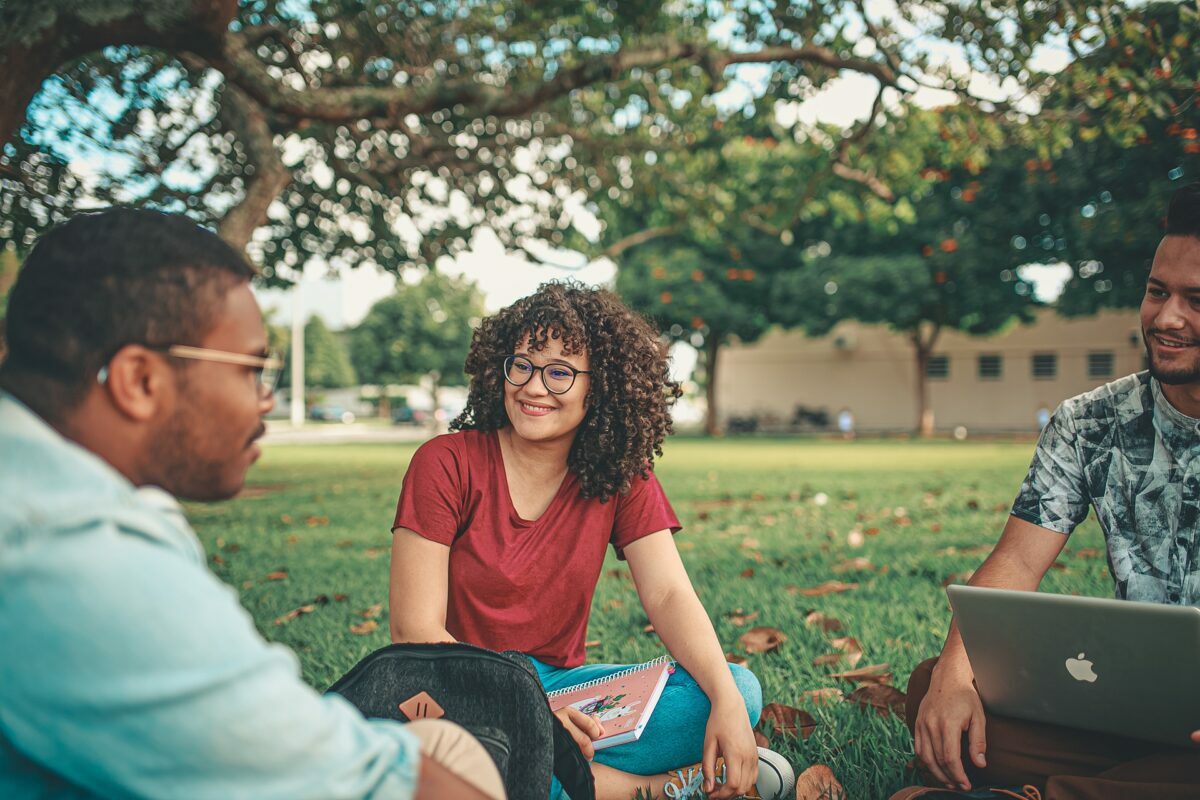
The university experience is not the same as it was two years ago, one year ago, or even since the start of September. Student expectations and needs have evolved. Hybrid learning quickly became the norm, and now students are returning to the campus where technologies such as always-available Wi-Fi are no longer a perk, but a bare minimum expectation.
Yet some students still grapple with poor Wi-Fi and connectivity, disparate systems, and an analogue campus experience that doesn’t meet their needs. Not only that, but teaching staff are hindered by a lack of digital fluency and flexibility, which has a knock-on effect on the resources they can provide their students.
As we look to the future, many universities are thinking about what’s next and preparing to expand their digital capabilities. They understand that collaborative tech and intuitive solutions have the power to exceed student and staff expectations and transform the university experience. But first you need a strong technological foundation so you can build capabilities that will take university operations to the next level.
This foundation is what we call the smart campus, and getting it right is fundamental to the university’s digital future.
From Smart Campus to Intuitive Campus
Once you have your smart campus foundation, the next step is to realise your vision for your intuitive campus.
Your intuitive campus is going to be visualised on a digital twin of the estate. By digital twin, I mean a virtual version of the campus that can be manipulated, that you can gain data insights from, and that you can use to enhance student experience. The digital twin can be enriched with contextual information, becoming more sophisticated as time goes on, and as digital investment progresses. This can all be done from a single platform, providing intuitive, holistic controls that put the potential of the digital twin into the hands of the diverse stakeholders responsible for the various aspects of the campus.
An example of this potential is the use of mapping and wayfinding technology. Beyond the immediate possibility of monitoring social distancing measures for the safe return to campus, you can run your open days on campus with the smart, intuitive network running in the background. You can monitor how many prospective students are in which areas. Which areas are more popular? Where are people congregating? Are people leaving early? Why could that be? The insights could be invaluable to tweaking that experience and making it work for all students.
Intuitive for Students and Staff
We delegate so many parts of our life to apps every day, so why not at university? Why should we consign digitally native students to a frustratingly out of touch campus experience?
An intuitive campus provides a single platform for everyone at the university. You can integrate with the likes of Moodle, Blackboard, and other educational apps providing a seamless experience to both students and staff, whether dealing with admissions, coursework, administration, student well-being, essentially enabling all campus affairs to be managed anywhere and anytime.
No more arriving on-site, speaking to reception, logging in and struggling to access all of the moving parts of a system you have never seen before. You can enable secure access to remote classrooms that can drive engagement between lecturers and students, as well as allow for breakout sessions and other elements that increase opportunities for students to collaborate with each other.
Even just considering the teaching and learning element of such a platform, you can already imagine how the campus experience can shine.
What lies ahead, and where do universities start?
The intuitive campus opens the door to almost endless possibilities in terms of a university’s digital infrastructure. Creative innovation can be a standard expectation, including the use of artificial intelligence along with augmented and virtual reality to blend digital and physical experiences. Thinking about such advanced tech in terms of hybrid and enhanced learning is one thing, but introducing it into all the other elements of the campus experience is a whole other ball game.
Regardless of your starting point, if you are looking to digitally enhance the campus experience from open day right through to graduation, for students and staff alike, how do you move forward on your journey? For those universities still needing to take that first step in establishing a solid foundation of reliable wireless connectivity, a trusted delivery partner can provide the necessary hands-on experience.
For those universities already making the most of their smart campus capabilities, a good next step is creating that digital twin of the campus. The ‘art of the possible’ can then flow from there if you wish to enable it, from digitalising key elements of the campus events, such as open days as we’ve discussed, to creating a safe and secure campus through locating people, things, and assets. Not to mention updating students with real time information such as timetable changes, transport delays, weather, and deciding how all of this folds into your wider transformation vision as a university.
Higher education leaders will recognise that creating a digitally rich environment for students is vital and will want to plan for the benefits that these intuitive capabilities can deliver for students, from the moment they join university to the moment they leave. This will be the university that future-proofs their student experience, ensuring a safe and secure education, while keeping pace in our rapidly changing world.
By Ben Pammenter, Education Lead at ITGL

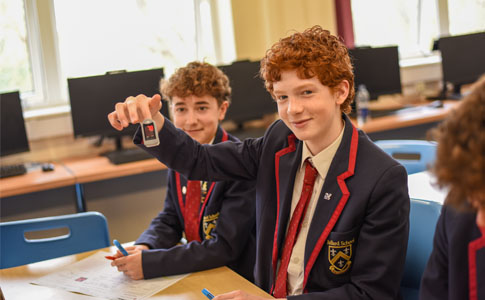
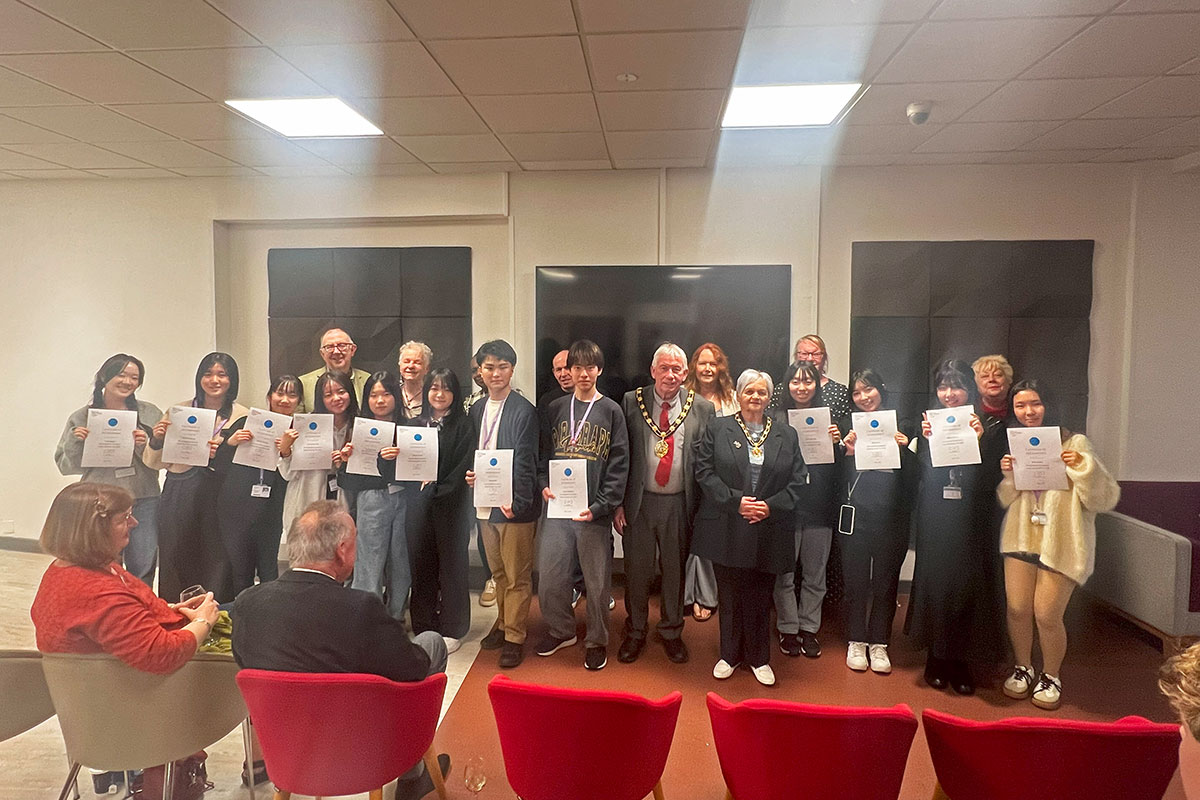
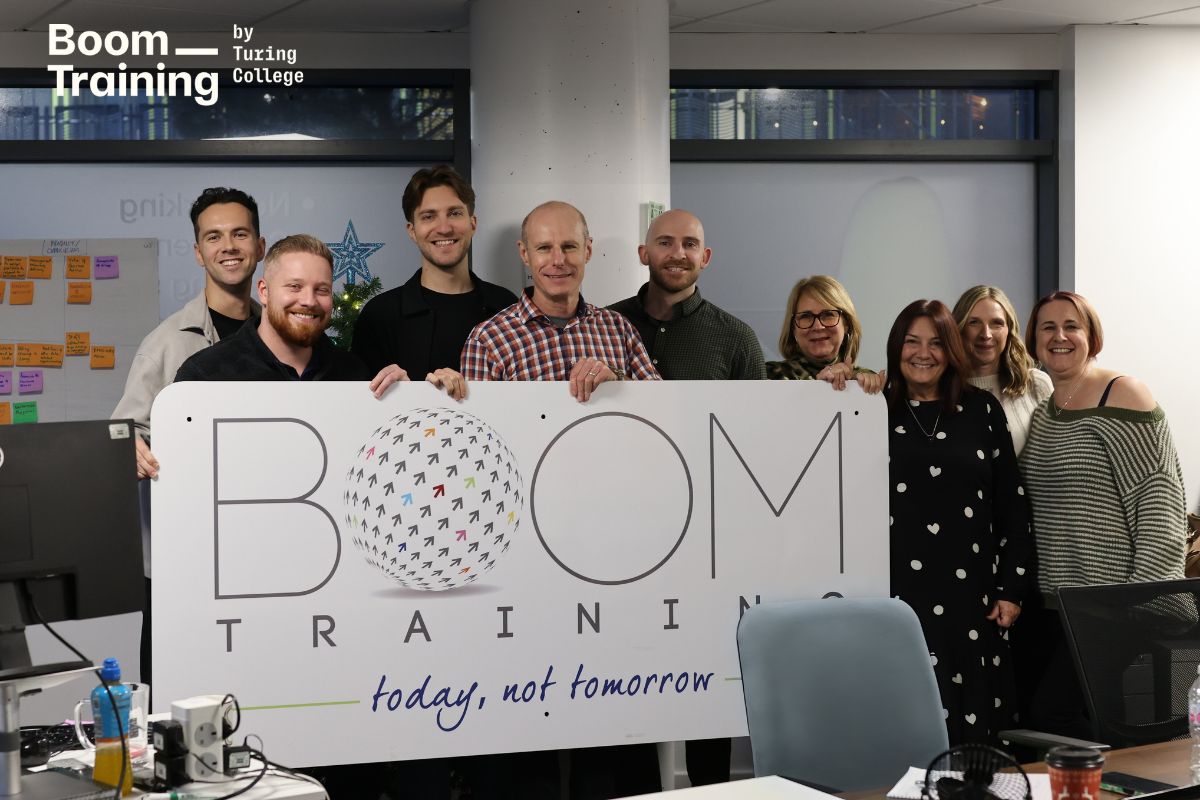
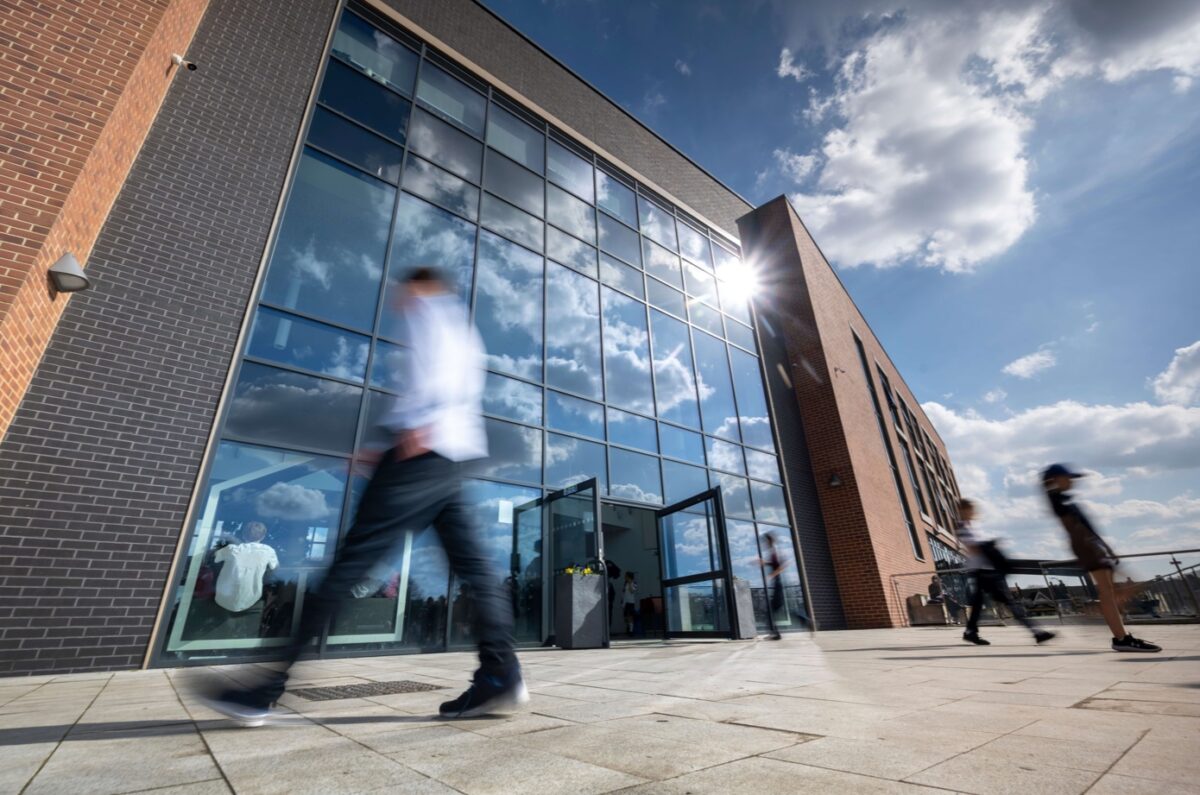




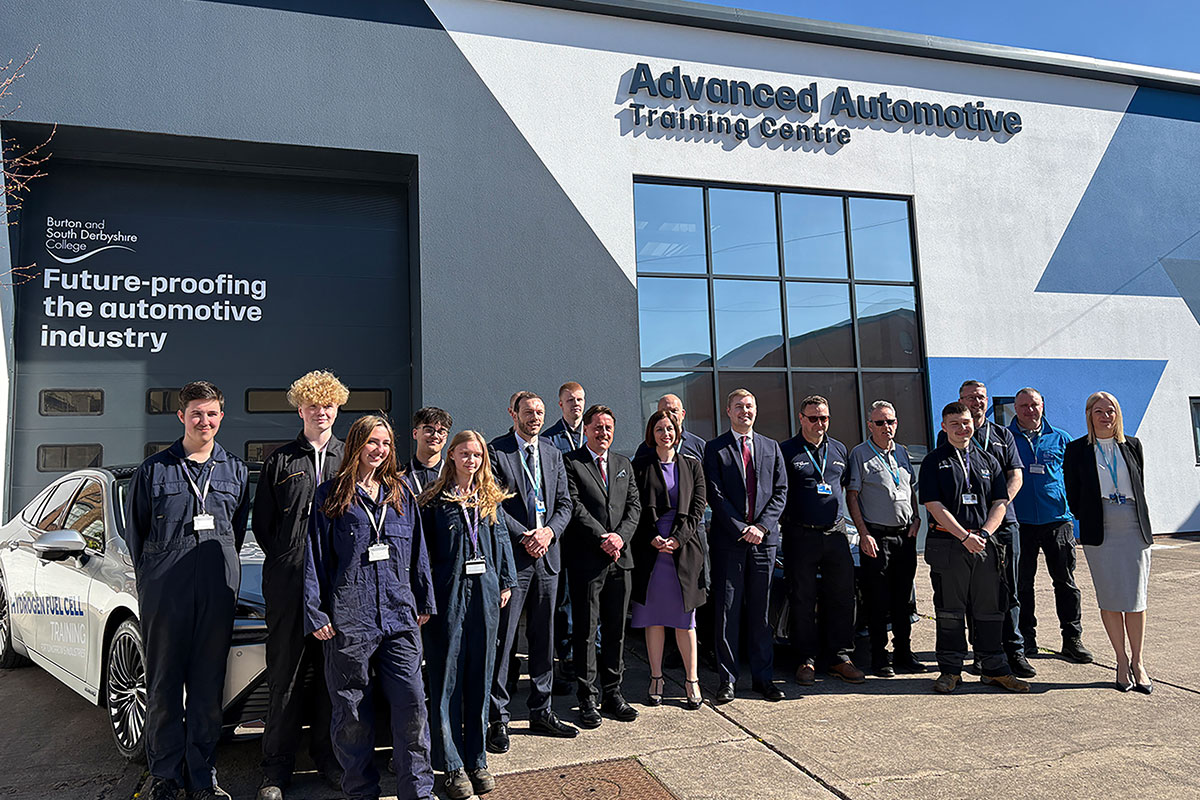

Responses